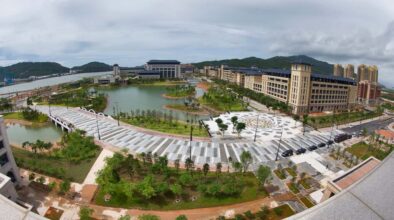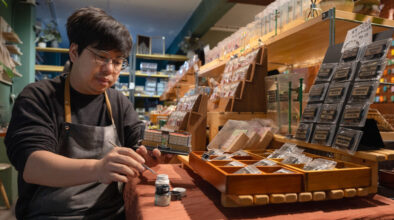PHOTOS Krollfilm and courtesy of Danny Leong
Danny Leong, a young Macao‑born researcher, discovered a new ant species in Macao, making it the fourth species to be named after the city.
The Insect Biodiversity and Biogeography Laboratory at the University of Hong Kong served as an important base for Danny Chi‑Man Leong’s study of Macao’s ant species over the past three years. The research was carried out on an entirely voluntary basis, according to Leong, as it was not within the scope of school projects.
Every day, he would spend long hours sitting in front of the stereomicroscope, searching through soil and leaf litter for ant samples. The size of ants varies, from at least 10 mm in length to sizes hardly distinguishable to the naked eye. It was a painstaking process: just 5 ml of soil and leaf litter would easily take him an hour to search through.
But one night, he found something unusual in the soil samples collected at Ilha Verde, a small hill situated in the northern part of the Macao Peninsula. It was a tiny ant, no more than 1 mm long, bearing the features of a very rare ant genus, Leptanilla, distinguished by its small size, pale yellow colour, and short antennae due to its subterranean nature.
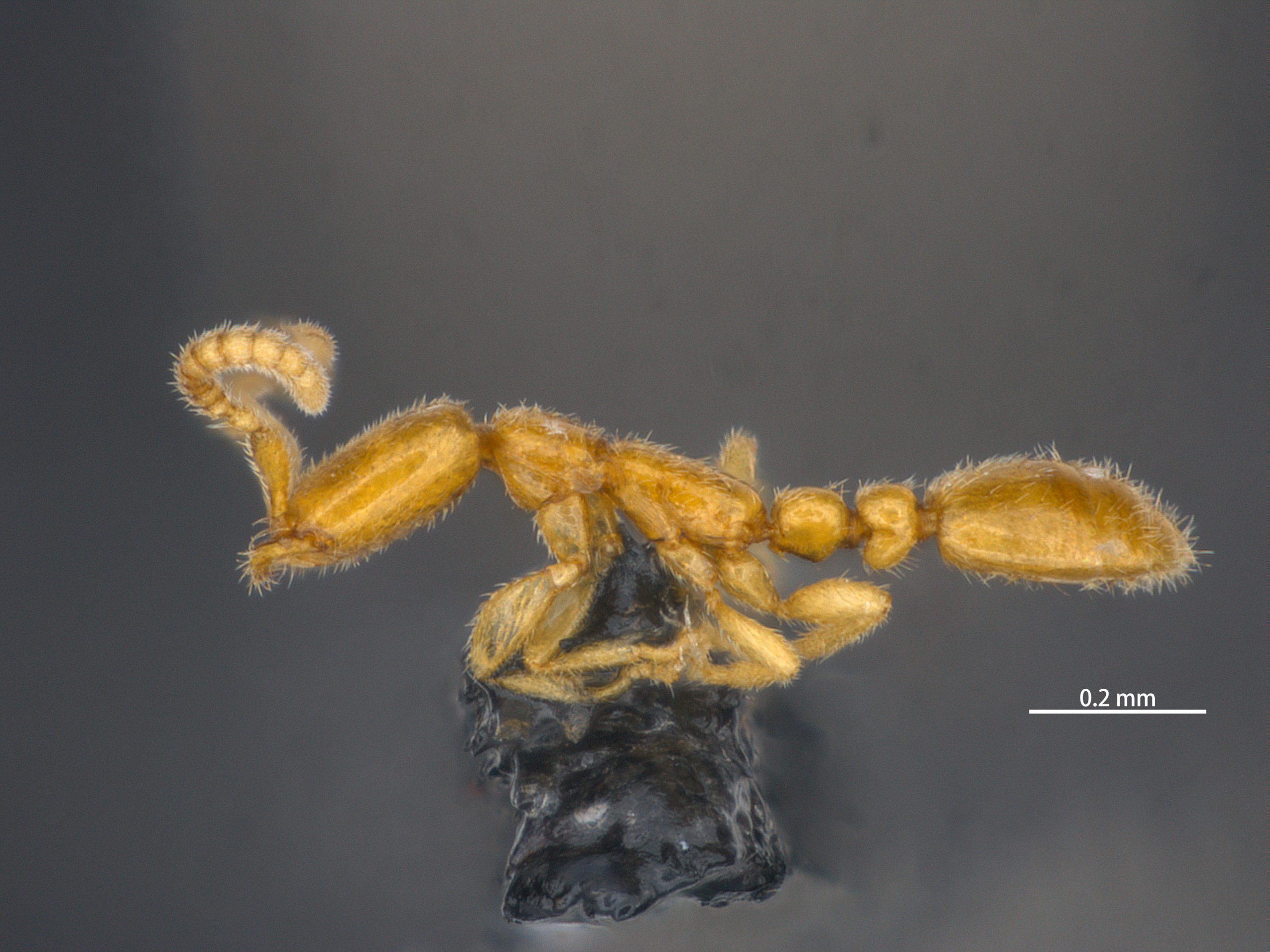
It was a rare find, as there were just five previous records of Leptanilla in Southeast China. Just when Leong thought he had hit the jackpot discovering the rare ant genus in Macao, he noticed another intriguing detail on the tiny ant: its subpetiolar process formed a small and hook‑like spine, an element that other Leptanilla species do not display.
Leong was excited. This could be his first time to discover a whole new species in his hometown, but he needed more samples to consolidate his findings. Over the next five hours, he searched through a soil sample collected from the same area and found four more ant samples with the same hook‑like spine.
After comparing it against all known ant species in mainland China, at 1:30 am, he emailed his findings to Dr Benoit Guénard, assistant professor in the School of Biological Sciences at the University of Hong Kong. The two had been working together closely in studying Macao’s ant species. Five hours later, Guénard replied: “This is a pretty exciting catch.”
On 25 January 2017, this previously unknown ant species was discovered for the first time. One year later, it would be known as Leptanilla macauensis (澳門細蟻), the fourth species to be named after the city.
Entering the world of entomology
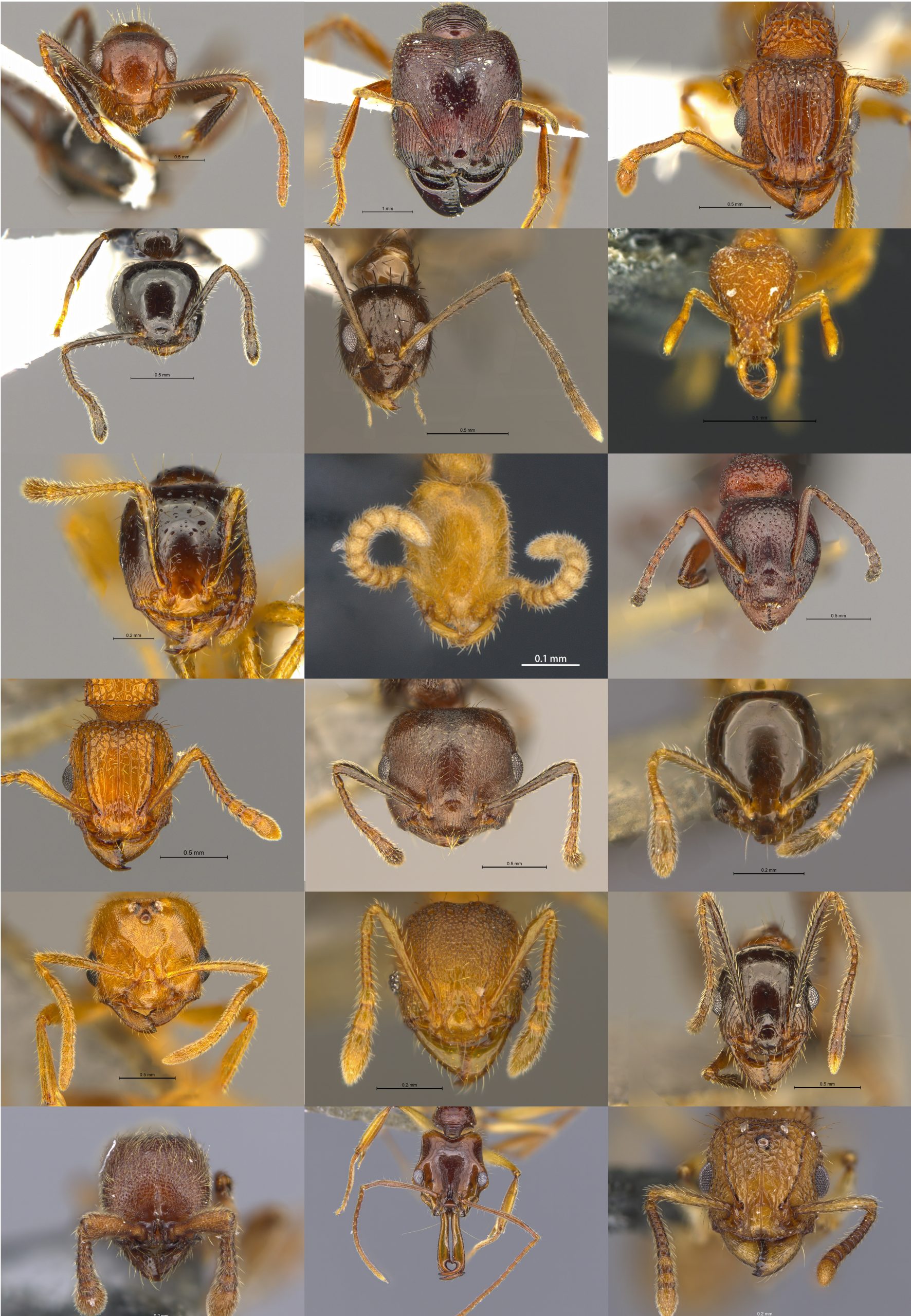
Born in 1993, Leong did not find his calling to entomology at a young age. Like many young people in Macao, he had struggled to find his path in life. “I did not know what I wanted to do for my future, until one day, I walked into a shop that sold exotic animals such as snakes, lizards, and ants,” he recalled, “and then I thought to myself, ‘Life is short, I don’t want any regrets.’”
Leong went home and talked about this new decision with his mother. “Will you let me experience the Darwin life for a few years?” he asked. His mother was supportive, but not without worries; she knew it would not be an easy career path to take in a highly commercial society like Macao.
In 2013, Leong was admitted to Taiwan University, where he would spend the next five years, completing a bachelor’s degree and master’s degree in Entomology. “When you look at a butterfly with the naked eye, you don’t see how special it is. But when you place it under a microscope, you will find thousands of glowing scales on its wings,” he enthused. “Once I entered the world of entomology, I became obsessed. It is world full of wonders.”
Leong became a research assistant in 2014, working under Dr Shiuh‑Feng Shiao, a famous insect taxonomist and head of the Insect Systematics Laboratory at Taiwan University. Collaborating with researchers such as Dr Shiao and Dr Chung‑Chi Lin, another important advisor in his studies of ants, Leong discovered two new ant species in Taiwan, Anochetus lanyuensis and Technomyrmex formosensis, and published academic journal articles on each, “Description of a new species of the genus Anochetus Mayr (Hymenoptera: Formicidae) from Orchid Island, Taiwan.” (2018) and “Taiwanese species of the ant genus Technomyrmex (Formicidae: Dolichoderinae)” (2018).
Life as a researcher and student keeps him busy, but Leong has never forgotten about his tiny friends in Macao. He knows that there haven’t been any new insect species found in the city for more than a decade, not since the discovery of Dasyhelea gongylophoda (圓額毛蠓新種) and D. linlingae (林玲毛蠓新種) in 2005.
Leong pointed to an absence of local researchers studying the insect species in Macao, especially ants, which are one of the most diverse insect species in the world. According to him, the first academic journal article that touched upon the study of Macao’s insects was published in 1921 by Dr. William Morton Wheeler, a famous American myrmecologist, a type of entomologist specialising in ants. This was followed by a number of publications by scholars from mainland China and Japan. By 2008, there were 54 known local ant species but no new species were added for nearly a decade.
“It is not common for foreign entomologists to study the insect biodiversity in Macao, because Macao is a highly urbanised area. They would rather go to tropical forests or stay in their hometowns, which they feel emotionally attached to,” he explained. “That’s why we need local researchers to do it.”
Invaluable mentorship
In 2015, Leong spent his summer holiday exploring Macao’s green areas, including Guia Hill, Ilha Verde, and the green area in Coloane. Despite his lack of experience and proper tools, he still managed to collect a large number of ant samples using only simple clamps and plastic bags.
Leong was convinced that there was a high possibility of finding undiscovered species in Macao. He wrote a letter in English to share his findings with Dr Guénard from the University of Hong Kong, a well‑known entomologist who specialises in ant studies. “At the beginning, he didn’t understand what I was trying to say in the letter, because the English was so badly written,” Leong laughed.

However, Dr Guénard was intrigued by two words: ‘ants’ and ‘Macao.’ “Exploring ant diversity in Macao could provide a good comparison point with the work we are doing in Hong Kong, due to the proximity of both cities, and the fact that they are separated by a major delta,” Guénard explained. “Also, as both cities have been heavily impacted by human activities and global trade for centuries, it was meaningful to study how native communities were responding to these changes and to the arrival of new exotic species.”
Since then, Guénard has been an important mentor for Leong in his study of Macao’s ants. The two also went on field trips together to collect ant samples during each summer and winter break. Guénard allowed him to use the laboratory at the University of Hong Kong, taught him the proper way to collect ants, make specimens, and most important, how to write academic journal articles in English.
“My writing was terrible at the beginning. I had absolutely no idea of how to write an article. Still, he patiently read through my rough drafts and set me on the right track,” Leong said gratefully. “To date, I have already published 10 journal articles. If it weren’t for him, I would not have been able to even start the first one.”
Meanwhile, Dr Shiao, his supervisor at Taiwan University, continued to be an important presence in his passion project, providing him research tools and equipment, and helping him improve his presentation style and significance in academic writings. In 2017, Leong, together with Guénard and Shiao, published the journal article “Ants in the city, a preliminary checklist of Formicidae (Hymenoptera) in Macau, one of the most heavily urbanized regions of the world.” Through their research and discovery, the total number of known ant species and subspecies in Macao has more than doubled from 54 to 113.
The spirit of scientific discovery
Leong’s dedication in studying Macao’s ant species led him to the exciting discovery of L. macauensis. “The soil samples from Ilha Verde were actually collected for the study of invasive ant species in Macao,” he noted. “Although we know that the chances of discovering a new species in Macao are high, the findings still gave me a big thrill.”
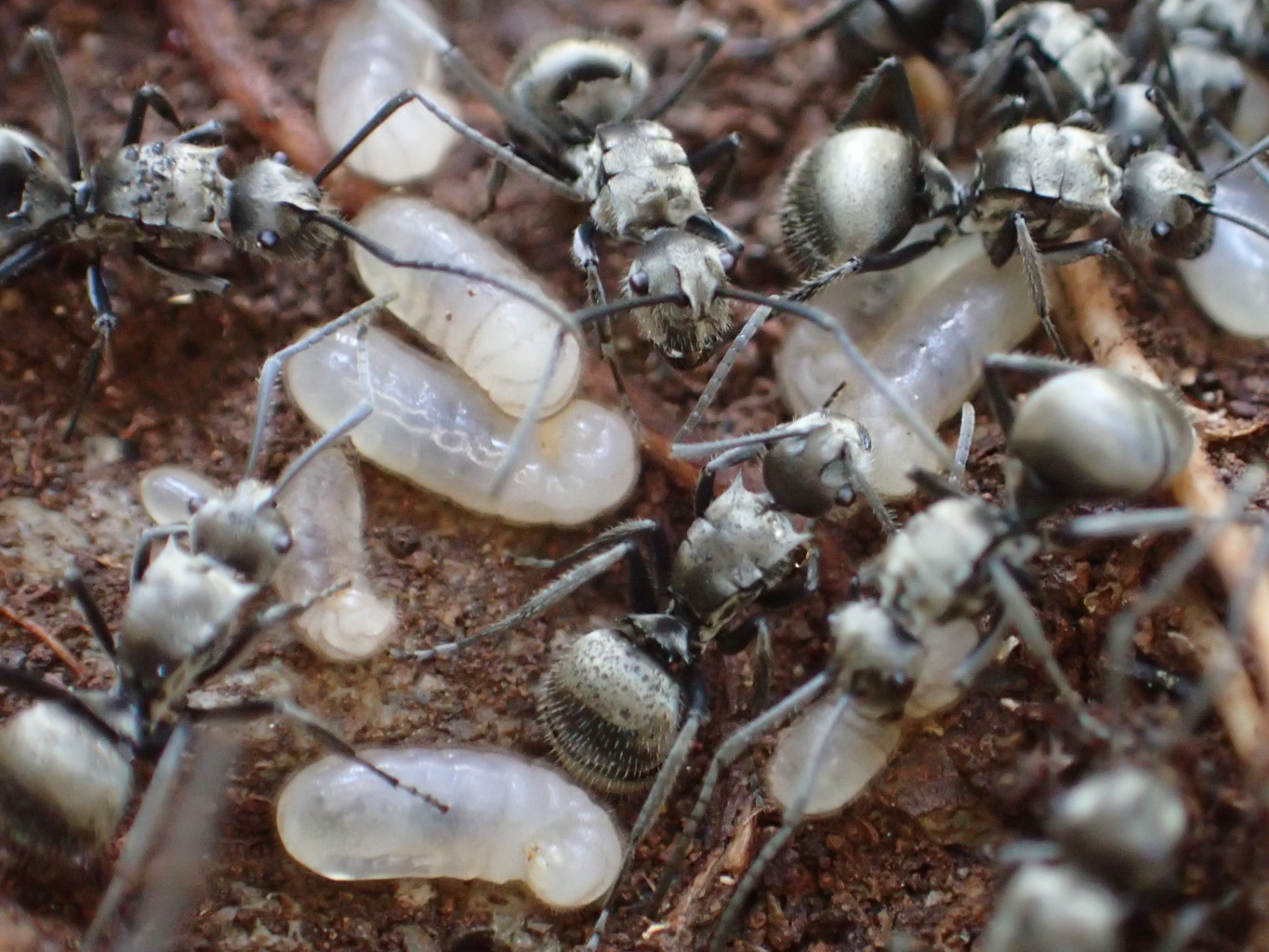
The discovery of the new ant species on 25 January 2017 was just the beginning of a long journey to prove its existence. Leong, Guénard, and Seiki Yamane (a Japanese entomologist from Kagoshima University), spent the next six months co‑authoring the journal article “Lost in the city: discovery of the rare ant genus Leptanilla Caption caption (Hymenoptera: Formicidae) in Macau with description of Leptanilla macauensis sp. nov.”
The article discusses the habits and physical features of L. macauensis and includes close‑up photos of the species. It notes that the species are toxic arthropods that prey on ground centipedes, meaning they play an important role in maintaining the soil ecology.
Submitted to Asian Myrmecology, a peer‑reviewed journal dedicated to the study of Asian ants, the article detailing their findings underwent six months of assessment by leading entomologists from China and Japan before the discovery was officially announced on 31 January 2018.
“It has been a long journey,” he said. “You need to go through the process of assessment and publication to prove that your findings are valid. That is why science is so respected by people.”
Originally, Leong considered naming the new‑found species ‘lotus’ or something else that signifies Macao, before deciding to simply name the species after Macao itself. “They are the fourth species in the world that bear the name of Macao [after Toxorhynchites macaensis (澳門巨 蚊), Chlorophorus macaumensis (澳門虎天牛), and Crematogaster macaoensis (澳門舉腹蟻)]. I hope Macao people can take good care of them,” he said.
The authors also decided to publish the article on Science Citation Index, which ensures higher credibility and wider distribution among scientists; however, it also required a considerable financial investment to make the article available for free to the public. “Guénard understood my financial concern and offered to take care of the fees,” he said thankfully. “If it weren’t for him, people who would want to read about Leptanilla macauensis would have to pay US$20–30 to purchase the paper.”
Through their [Leong, Guénard and Shiao’s] research and discovery, the total number of known ant species and subspecies in Macao has more than doubled from 54 to 113.
A bigger ambition
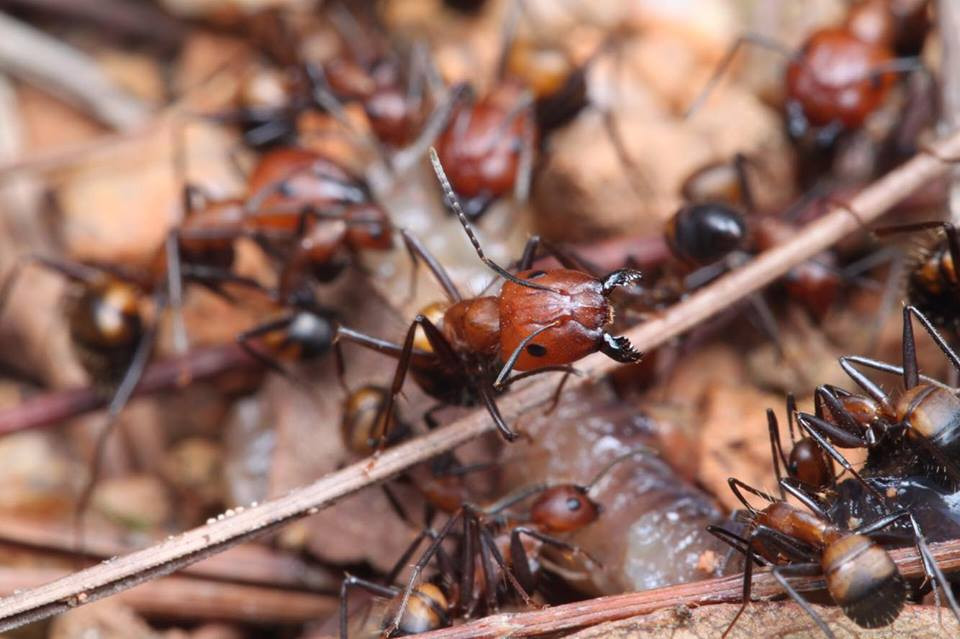
According to Leong, as of February 2018, the recorded number of insect species in Macao was 754. However, he believes that the actual number could easily reach 8,000, based on the photos taken by like‑minded insect enthusiasts and the variety of insect samples he collected in the past three years.
“We are practically surrounded by insects every day, and some species may even be unknown to us. Unfortunately, people don’t seem to care too much about them,” he lamented. “Therefore, it is important to promote entomology in Macao. If we can learn more about the natural world around us, we will treat the environment better.”
Leong was also aware of the financial problem that would come along his research path. Suggested by Guénard, he started a crowd funding on Facebook, and raised US$6,717 – nearly US$3,000 more than his goal – from supporters mainly comprising Macao locals. “The fund will be entirely used for studying Macao’s insects. With this money, I can buy research equipment and send specimens to entomologists all over the world. By inviting their input, I am confident that a comprehensive checklist of Macao’s insect species can be formulated in the foreseeable future.”
Having secured funding, Leong launched the project in March of this year. The coming months will be filled with a mixture of field work, sorting and studying of samples, as well as public education projects as Leong plans to give at least 10 speeches for schools, communities, and NGOs. He expects to produce a small report on his findings by early 2019.

Leong’s other research area is the distribution of invasive ant species in Macao, such as fire ants, which can inflict painful bites and stings on humans and cause the extinction of native species. Right now, he is looking for local ant species that can resist fire ants, through experiments such as putting fire ants and a local species together to observe their competition over food and habitats. “I want to find a species strong enough to fight against fire ants, because one day, we may rely on them to eliminate this dangerous species.”
Leong graduated this June with a master’s degree from Taiwan University, and will start a PhD in Biology this October, focusing on ant taxonomy. He has plans to work with local schools during the summer break to spread information on ants and insects in Macao. However, his focus will always be scientific research. “I want to inspire people with science; this will always be my principle.”

